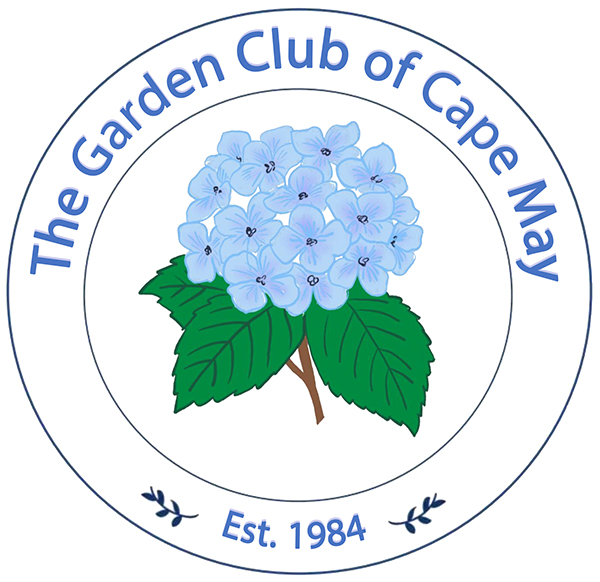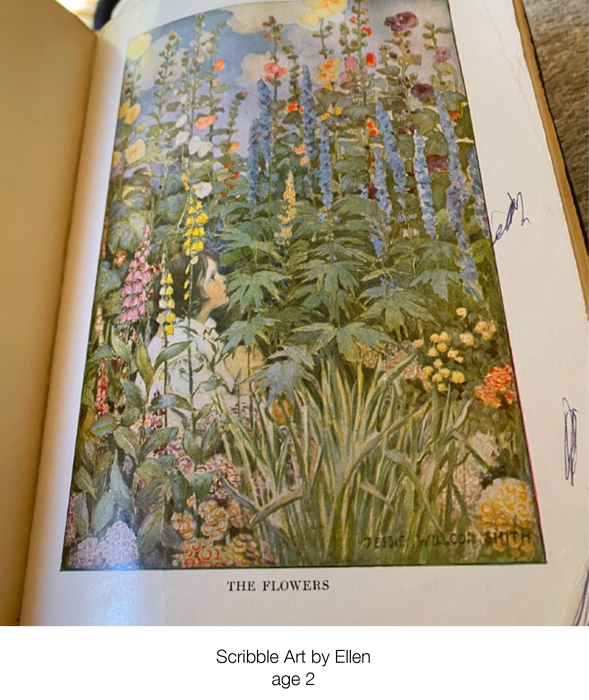Select a Monthly Gardening Tip flyer from our dropdown menu.
(flyers open in a new window)
(flyers open in a new window)
December 2025,
The Flowers November 2025,
The Dream Garden October 2025,
The Dream Garden September 2025,
In the garden with Birds August 2025,
Locally Grown Produce July 2025,
Dahlias June 2025,
Lawns May 2025,
Pennsylvania's Big Trees April 2025,
Tulips March 2025,
Thoughts of warm! February 2025,
Holly January 2025,
Camellia ‘October Magic’ December 2024,
The Flower Magazine November 2024,
Noteworthy Trees of Cape May County October 2024,
Private Garden Visit September 2024,
Drying Flowers August 2024,
Sowing Seeds in the Fall July 2024,
Resources June 2024,
Mulch May 2024,
Cut Flowers April 2024,
Scott Medal Gardening Award March 2024,
Roses February 2024,
Helleborus Orientalis January 2024,
Pruning December 2023,
Poinsettias November 2023,
Spring Bulbs October 2023,
Washington Post Tips September 2023,
Signs of Autumn August 2023,
Rain Water July 2023,
Asters June 2023,
Garden Design May 2023,
Gardens and Arboretums April 2023,
Native Plantings March 2023,
Ready for Spring February 2023,
Pre-Spring Seed Starting
The Flowers November 2025,
The Dream Garden October 2025,
The Dream Garden September 2025,
In the garden with Birds August 2025,
Locally Grown Produce July 2025,
Dahlias June 2025,
Lawns May 2025,
Pennsylvania's Big Trees April 2025,
Tulips March 2025,
Thoughts of warm! February 2025,
Holly January 2025,
Camellia ‘October Magic’ December 2024,
The Flower Magazine November 2024,
Noteworthy Trees of Cape May County October 2024,
Private Garden Visit September 2024,
Drying Flowers August 2024,
Sowing Seeds in the Fall July 2024,
Resources June 2024,
Mulch May 2024,
Cut Flowers April 2024,
Scott Medal Gardening Award March 2024,
Roses February 2024,
Helleborus Orientalis January 2024,
Pruning December 2023,
Poinsettias November 2023,
Spring Bulbs October 2023,
Washington Post Tips September 2023,
Signs of Autumn August 2023,
Rain Water July 2023,
Asters June 2023,
Garden Design May 2023,
Gardens and Arboretums April 2023,
Native Plantings March 2023,
Ready for Spring February 2023,
Pre-Spring Seed Starting

